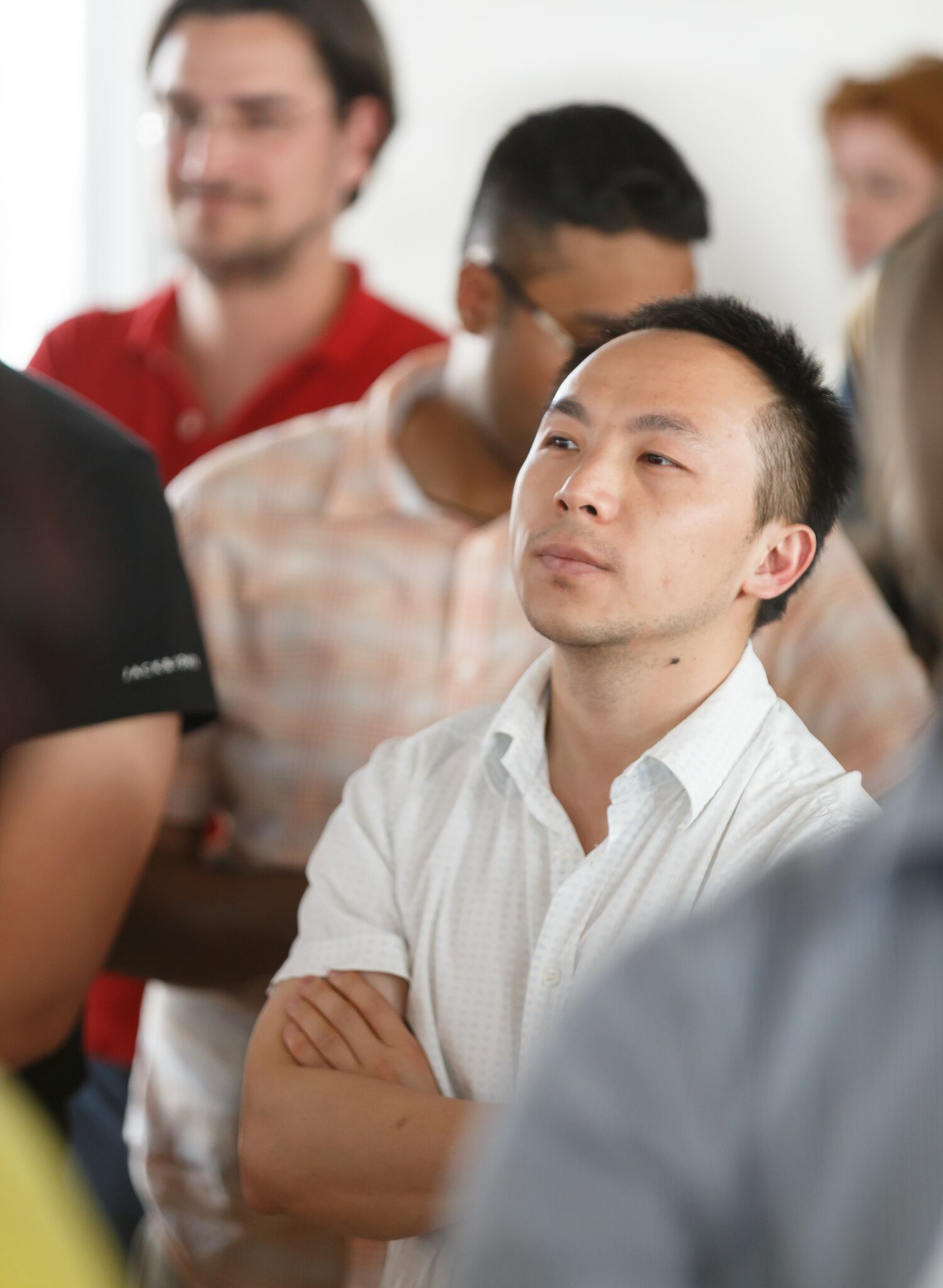Projektleiter:
Prof. Dr. Michael Hintermüller
Projekt Mitglieder:
Dr. Guozhi Dong
Laufzeit: 01.06.2017 - 31.12.2019
Status:
laufend
Standort:
Humboldt Universität Berlin
Beschreibung
Very recently, magnetic resonance fingerprinting (MRF) has been introduced as a highly promising MRI acquisition scheme which allows for the simultaneous quantification of the tissue parameters (e.g. T1, T2 and others) using a single acquisition process. In MRF, the tissue of interest is excited through a random sequence of pulses without needing to wait for the system to return to equilibrium between pulses. After each pulse, a subset of the signal's Fourier coefficients is collected, as in classical MRI, and a reconstruction of the net magnetization image is performed.
These reconstructions suffer from the presence of artifacts since the Fourier coefficients are not fully sampled. The formed sequence of image elements is then compared to a family of predicted sequences (dictionary of fingerprints) each of which corresponds to a specific combination of values of the tissue parameters. This dictionary is computed beforehand by solving the Bloch equations. The idea is that, provided the dictionary is rich enough, every material element (voxel) can be then mapped to its parameter values.
While first very promising results have been obtained in biomedical engineering, many aspects of MRF remain widely open and require a proper mathematization for optimizing and robustifying the procedure.
The aim of this project is, thus, to provide a quantitative mathematical model for the MRF process, leading to a variational image reconstruction problem subject to dynamical constraints describing magnetization and an embedded reconstruction scheme. This model will be subject to a detailed mathematical analysis and its efficient numerical solution.
http://wias-berlin.de/people/papafitsoros/MRF/
